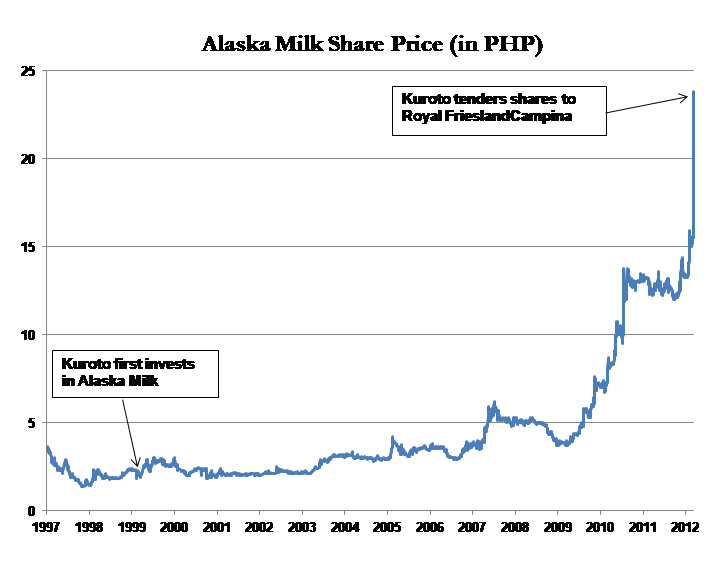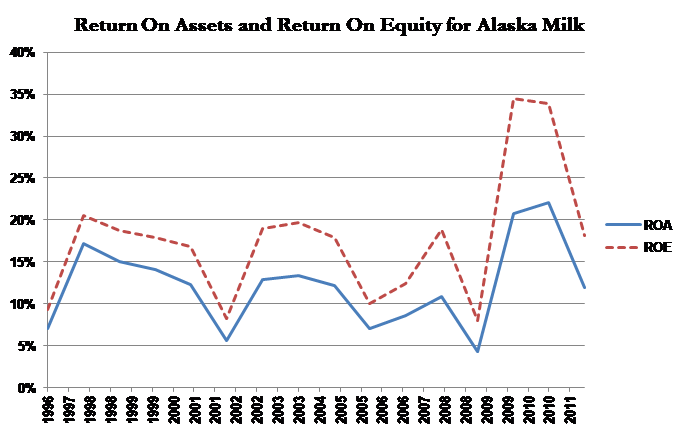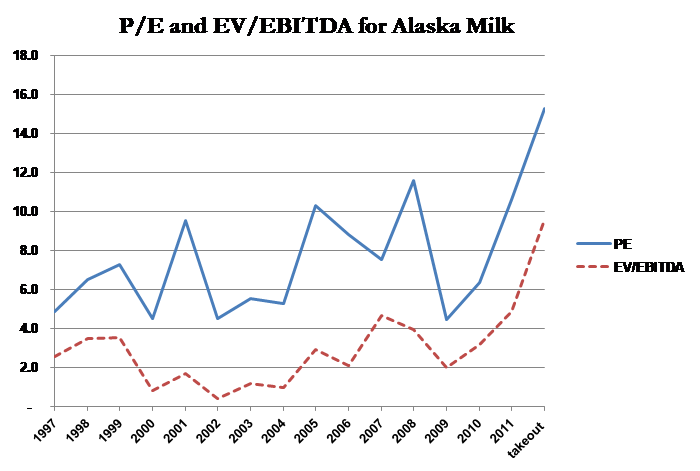Kuroto Fund, L.P. - Q2 2012 Letter
Dear Partners and Friends,
PERFORMANCE & PORTFOLIO
Kuroto Fund declined -7.1% in the quarter ended June 30,
2012. After gains in July and August, the fund was up +11.7% for the year to date through August 31st. This compares to the MSCI Asia Pacific index which was up +5.6% during the same period.
Alaska Milk
In June, one of our Filipino portfolio companies, Alaska Milk, was acquired by the Dutch dairy company Royal FrieslandCampina NV. This acquisition concluded our long and successful investment in Alaska Milk that started in January of 1999—at the very inception of the fund. In the intervening thirteen years, the value of our Alaska Milk shares compounded at an annual rate of 18.5% in US dollars—not including an average annual yield of about 9% from dividends and stock repurchases. The acquisition of Alaska Milk provides us with a welcome opportunity to discuss one of our investments in detail.
Alaska Milk primarily sells two main products in the Philippines, powdered milk and liquid canned milk. It is important to note that powdered milk in the Philippines is a duoloply. Nestle dominates the powerdered milk market, with Alaska Milk consistently keeping a 20% share. As for canned milk, following a recent transaction between Alaska Milk and Nestle, Alaska Milk has a canned milk monopoly in the Philippines for all intents and purposes. Powdered milk is consumed primarily by young children for its nutritional value while canned milk is mainly a culinary product where the brand is associated with a specific flavor. In both cases, consumers tend to be loyal to the brand they know.
In addition to its strong brands, Alaska Milk has built up a strategically valuable distribution network that covers 120,000 outlets through direct sales and exclusive distributors. The dominance of the mom-and-pop retail channel combined with the inherent logistical challenges of operating in an archipelago make Alaska Milk’s distribution capability a substantial barrier to entry for potential competitors.
Alaska Milk’s strong market position can be seen in the 17.8% return on equity that Alaska Milk achieved between 1996 and 2011. Moreover, these returns were generated despite an extremely conservative balance sheet. While fluctuations in input costs, specifically skim milk powder, have caused substantial volatility in the margins that Alaska Milk generates (see below), over longer periods of time Alaska Milk has a demonstrated ability to pass through cost increases and maintain profitability.
Despite Alaska Milk’s good operating performance, valuations have fluctuated widely. At our time of purchase in 1999, Alaska Milk traded as just 6.5x trailing earnings. The valuation clearly did not reflect the company’s intrinsic value. From the strong leadership and corporate governance practices driven by Alaska Milk’s CEO, Fred Uytengsu, to the sizable net cash position and meaningful unit volume growth, Alaska Milk was an easy investment decision for us. We especially liked investing alongside Fred and his family who owned 61% of the company. Furthermore, with dairy consumption in the Philippines still low on a per capita basis, we anticipated that Alaska Milk would be able to reinvest into its high return core business for many years.
Fred’s decisions over the ensuing years validated our impression and illustrate the importance of investing with intelligent capital allocators. Management deployed capital into the business in a focused manner, maintained high returns and paid out most excess cash. Over the period of our investment, Alaska Milk compounded earnings per share at a rate of over 10% annually while paying out about 45% of their cumulative net income as dividends and opportunistically buying back shares. The company was able to use its strong balance sheet to acquire the license to Nestle’s canned milk brands when Nestle exited that business globally, gaining a predictable monopoly in this category. Management also leveraged Alaska Milk’s distribution platform by introducing a variety of products such as non-dairy creamer, UHT milk, and third-party breakfast cereals. As shareholders, we reaped the rewards of the Uytengsu family’s disciplined approach to running Alaska Milk and their patience in attracting a strategic acquirer willing to pay a full price.
Sincerely,
Sean Fieler
Daniel Gittes
William W. Strong












